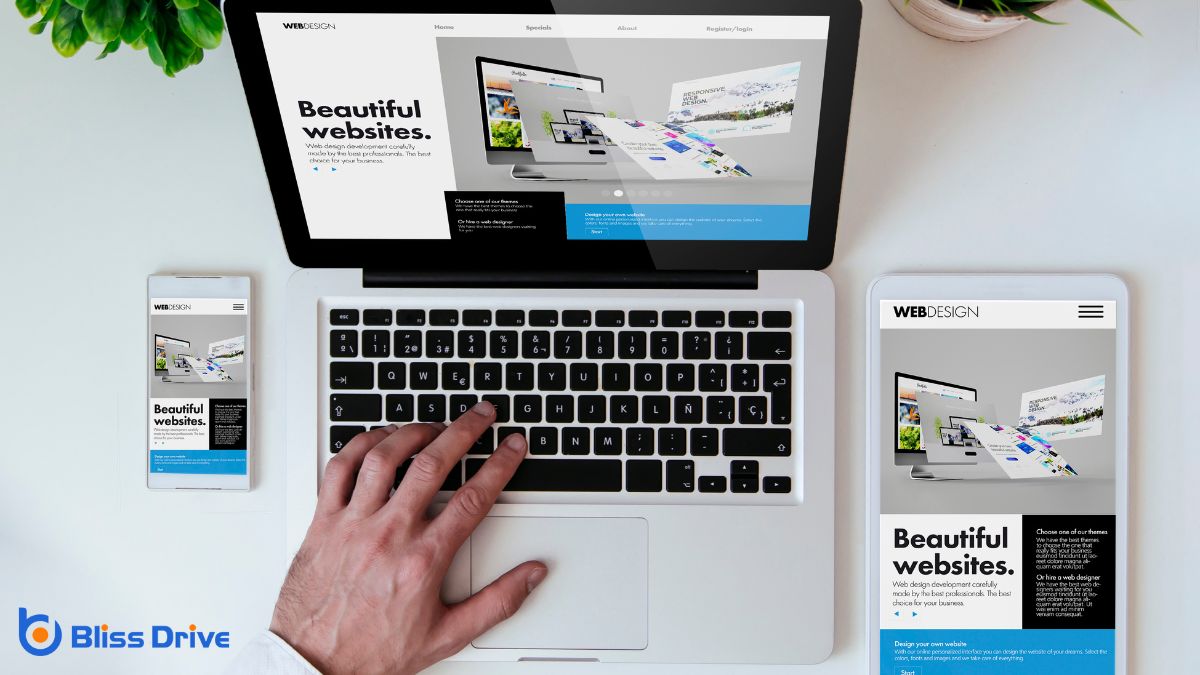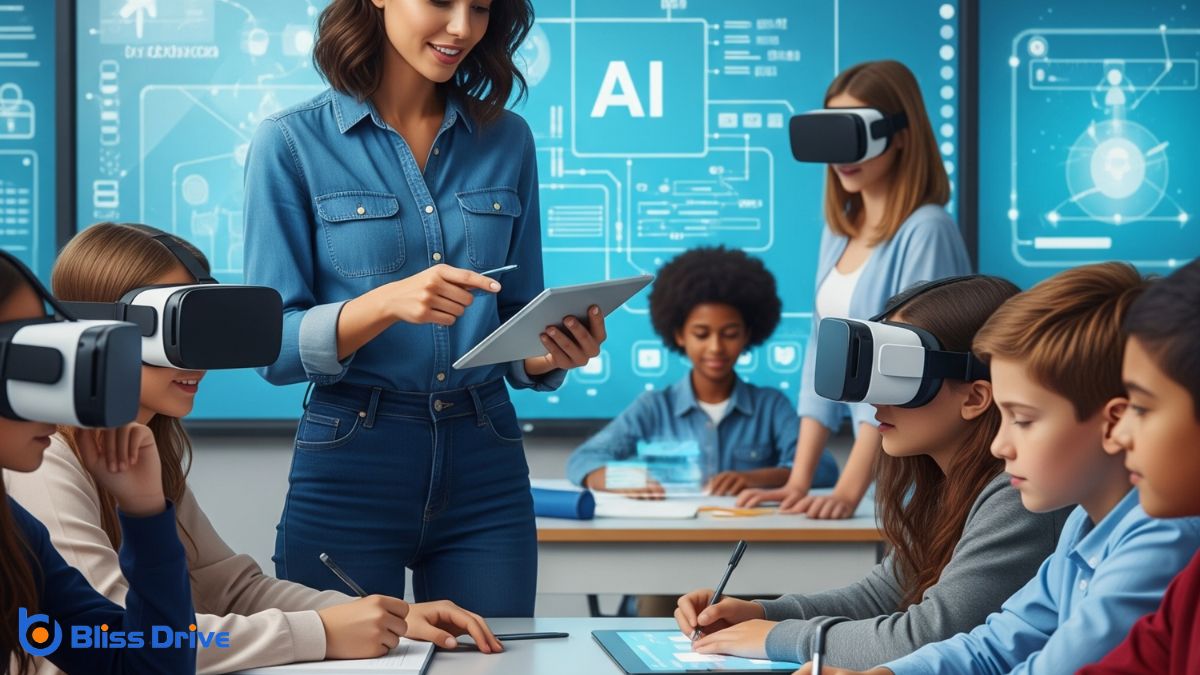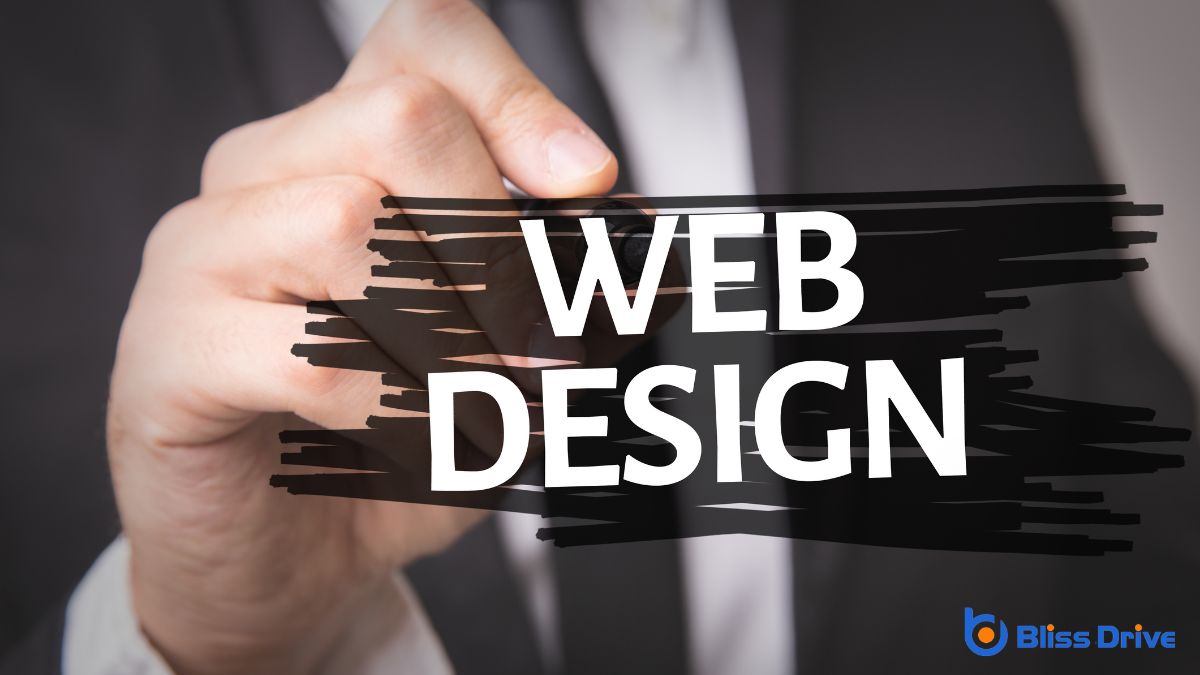Learn More About Us

As we explore the intriguing question of whether AI can write a website, we're entering a domain where technology meets creativity. It's fascinating to contemplate how AI can automate web development tasks, from generating content to designing user interfaces. Yet, this innovation raises questions about creativity and human touch. How do these elements balance out in the digital age? Let's look at the potential and limitations of AI-driven website creation.

As we explore the role of AI in content generation, it’s clear that this technology is revolutionizing how we create and consume information online.
AI can analyze vast amounts of data to produce coherent and relevant content quickly. We can leverage AI to draft articles, blog posts, and even social media updates with remarkable efficiency.
This doesn't just mean faster content creation; it also allows us to tailor content to specific audiences by predicting preferences and trends.
While AI handles the heavy lifting, we still play an essential role in guiding its output, ensuring quality, and injecting human creativity where needed.
When it comes to designing user interfaces, AI is changing the game in ways we couldn't have imagined just a few years ago.
We're witnessing AI tools analyze user behavior, quickly adapting designs to meet user needs. By leveraging machine learningA subset of artificial intelligence where computers use data to learn and make decisions., these tools can predict user preferences, crafting intuitive interfaces that enhance the user experience. Imagine a system that learns from each interaction, refining itself without manual tweaks.
We can now focus more on creativity and strategy, leaving repetitive tasks to AI. This shift allows us to design interfaces that aren't only functional but also personalized.
AI-driven design systems can generate layouts, suggest improvements, and even guarantee accessibility compliance. As a result, we're not just designing interfaces; we're creating seamless, dynamic user journeys.
While AI continues to revolutionize the tech industry, its impact on web development jobs can't be ignored. We see AI stepping in to automate repetitive tasks, allowing us to focus on more creative and complex aspects of development.
This shift means some traditional roles might evolve or even become obsolete. However, it's essential to remember that AI doesn't replace human creativity and problem-solving skills. Instead, it complements them by handling mundane tasks faster and more efficiently.
As web developers, we should embrace this change and adapt our skills. By learning to work alongside AI tools, we can enhance our productivity and value in the industry.
We believe that by understanding AI's capabilities, we can shape our future roles in web development more successfully.
When we talk about AI-driven website creation, the speed and efficiency it offers can't be overlooked.
We can produce well-structured sites in record time, which translates to cost-effective solutions for businesses.
By leveraging AI for website creation, we can drastically reduce the time it takes to build a fully functional site.
We no longer have to wait for manual coding or lengthy design processes. AI-driven tools streamline tasks, making them quicker and more efficient.
Here's how we benefit:
This efficiency empowers us to focus on creative and strategic elements.
In today's digital landscape, investing in AI-driven website creation offers a significant reduction in development costs. By automating tasks traditionally handled by developers, AI minimizes the need for extensive human resources.
We can allocate our budgets more effectively, channeling funds into other critical areas like marketing and content creation. AI tools streamline the design process, reducing time spent on repetitive tasks and lowering overall expenses.
Additionally, AI's capability to generate code efficiently means fewer errors, leading to less time spent on debugging and maintenance. This translates to further cost savings over the project's lifecycle.
As we embrace AI-driven solutions, we benefit from faster turnarounds and reduced operational costs, making high-quality website development accessible and affordable for businesses of all sizes.
While AI has made significant strides in automating various aspects of web design, it still faces several challenges and limitations. We must understand these to set realistic expectations.
Here are a few key challenges:

As we look ahead to the future of AI-powered web development, we're excited to see how emerging technologies will reshape the landscape.
Machine learning and natural language processing are advancing rapidly, allowing AI to understand user needs more intuitively. This means smarter, more personalized websites that adapt in real-time to user preferences.
We're also anticipating enhanced collaboration between AI and human developers. AI can handle repetitive tasks, freeing us to focus on creativity and strategy.
Furthermore, advancements in AI-driven design tools promise a shift towards more accessible web development, enabling even those without coding skills to create sophisticated sites.
As AI continues to evolve, we must stay informed and adaptable, ensuring we're ready to harness its full potential in crafting innovative web experiences.
To sum up, we see that AI is transforming the web development landscape. It speeds up content generation, optimizes user interfaces, and offers numerous advantages in creating websites. However, it’s important to remember that AI can’t replicate human creativity or intuition. We’ll need to balance AI’s efficiency with our unique insights to produce truly engaging sites. As we move forward, staying informed about AI trends will help us harness its potential while overcoming its limitations.
